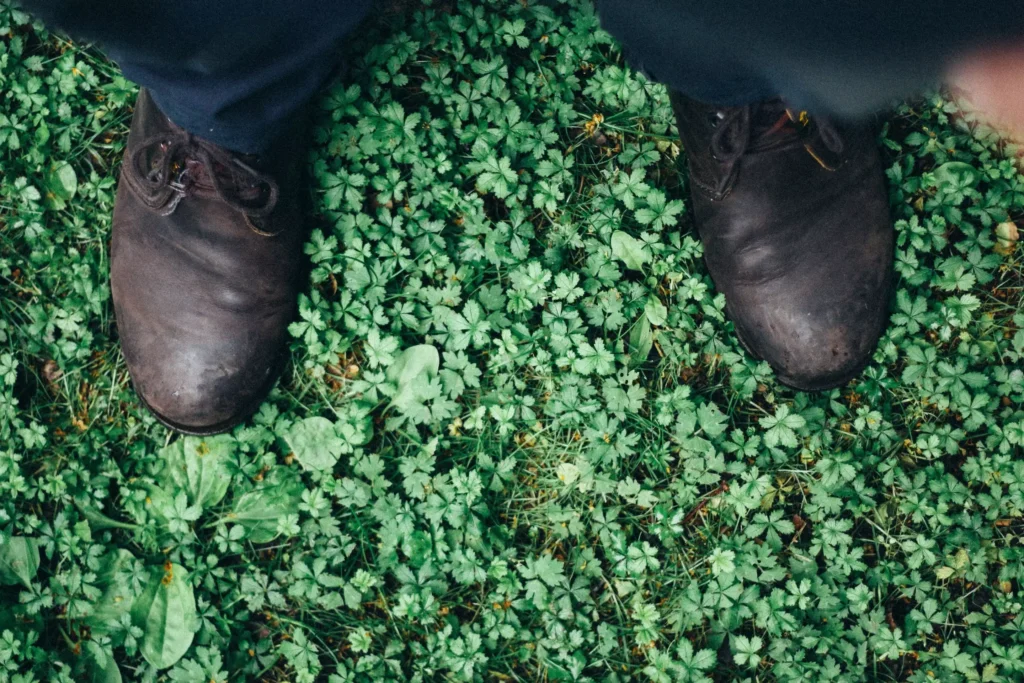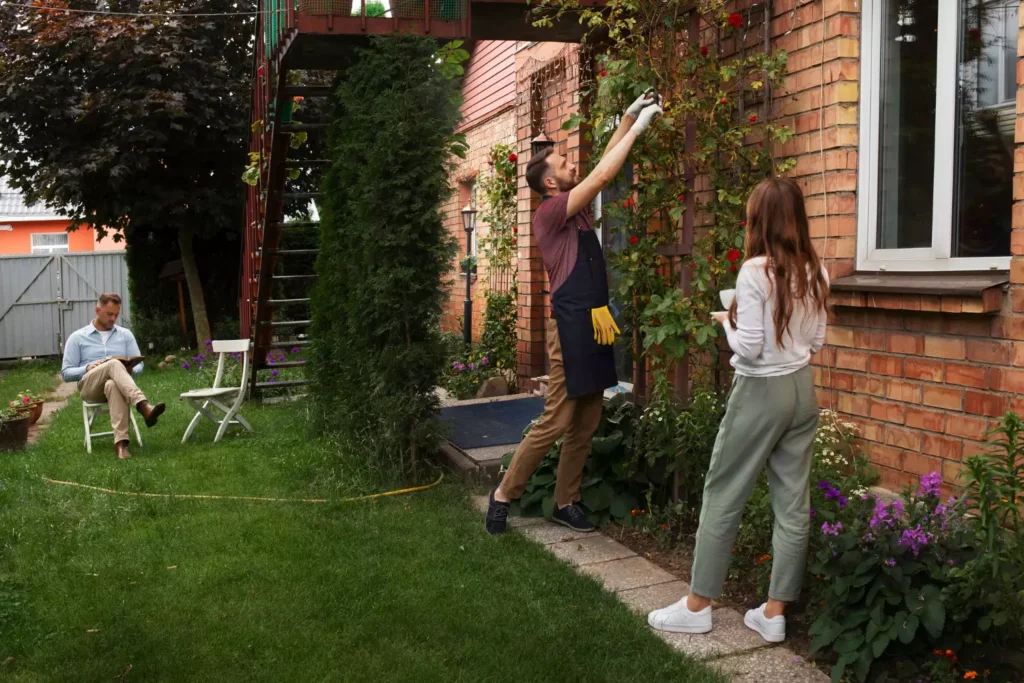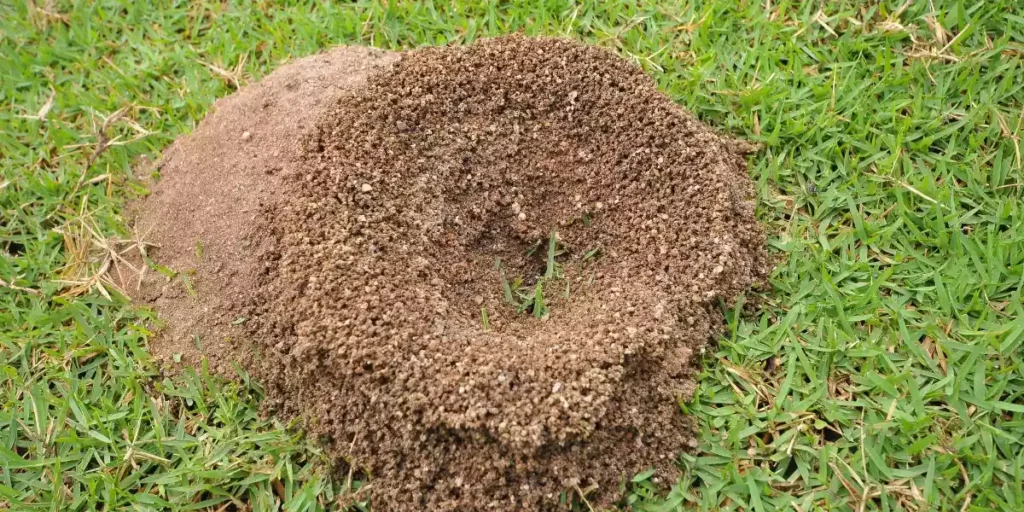Composting is like baking a cake. You need the right ingredients, the right balance, and the right amount of time and attention to get the perfect result. And just like baking a cake, turning your compost pile is a crucial step that can make or break the final product.
I don’t actually bake cakes, but I do know a thing or two about composting. In this article, I’ll be sharing everything you need to know about when to turn your compost and why it’s so important.
Composting is a simple and effective way to reduce waste, improve soil health, and grow healthier plants. By turning food scraps, yard waste, and other organic materials into nutrient-rich fertilizer, you can create a circular system that benefits both you and the environment. However, to reap the full benefits of composting, you need to know when and how to turn your pile.
Key Takeaways
- Turning compost is essential for a healthy compost pile.
- Signs that compost needs to be turned include unpleasant odor, non-decomposition, temperature, and wetness/dryness.
- The frequency of turning compost depends on the size and moisture content of the pile.
- Turning compost helps create more fertile soil for plants to grow in and reduces the need for chemical fertilizers and pesticides.
Should I turn My Compost Pile?
If you want to produce high-quality compost, you should turn your compost pile regularly to ensure that it is evenly moist, has enough air circulation, and reduces the risk of mold growth. Turning your compost pile also helps to speed up the decomposition process by increasing the available oxygen for the decomposing bacteria, causing it to mature faster.
The frequency at which you should turn your compost pile depends on the size and moisture content of the pile. If you have a large, wet compost pile, it should be rotated every two to four weeks. On the other hand, a smaller, dryer pile should be turned in every week or two.
If you’re not turning your compost pile regularly, it will cause poor quality compost, emit unpleasant odors, and release methane gas into the atmosphere. Turning your compost pile is an important activity that should be performed effectively to get the desired results. So, if you want to create a nutrient-rich fertilizer for your garden or lawn, turn your compost pile regularly.
What is the best way to turn a compost?
The easiest and most efficient way to mix compost and provide oxygen is by using a pitchfork or shovel to turn it regularly. Here are some tips for turning compost effectively:
- Start by loosening and breaking up any clumps of material with a garden fork or shovel. This will help to aerate the pile and ensure that the composting process is happening evenly throughout the pile.
- Begin turning the pile from the outside in, working your way towards the center. This will help to mix the older, more decomposed material with the fresher, less decomposed material, which will help to speed up the composting process.
- As you turn the pile, be sure to add water if necessary. The compost should be moist but not soaking wet. If it is too dry, the composting process will slow down or stop altogether.
With these tips in mind, turning your compost pile regularly can be a simple and rewarding task. Not only will it help to produce nutrient-rich soil for your garden or plants, but it will also reduce waste going to landfills and lower your carbon footprint.
Is Turning Compost Important?
Turning compost is a key ingredient in creating a thriving garden, like the yeast in bread dough. Without turning, the compost pile won’t receive enough air and water to break down the organic material properly. This can cause an unpleasant odor, slow the decomposition process, and even lead to the growth of harmful bacteria.
Turning compost helps mix in air and water so that microbes can do their job more efficiently. This produces a rich fertilizer that can be used on your lawn or garden, reducing the need for chemical fertilizers and pesticides.
Plus, by turning your compost regularly, you’re reducing waste sent to landfills, lowering your carbon footprint, and making a positive impact on the environment. So, if you want to create a nutrient-rich soil that’ll help your plants thrive, make sure to turn your compost regularly.
How Often Should I Turn My Compost?
To ensure the best results for your garden, it’s important to consider the size and moisture content of your compost pile when deciding how frequently to rotate it. A large, wet compost pile should be rotated every two to four weeks, while a smaller, dryer compost should be turned in every week or two.
However, it’s important to note that turning your compost too often can actually slow down the decomposition process by disrupting the beneficial microbes that are breaking down the organic material.
When turning your compost, be sure to mix the outer layer of the pile into the center to ensure even decomposition. You can use a shovel, pitchfork, or even your hands to turn the compost.
If you notice any unpleasant odors, non-decomposition, or extreme wetness or dryness, it’s a sign that your compost needs to be turned. By keeping an eye on the size and moisture content of your compost pile, and turning it regularly, you’ll be able to produce high-quality compost that will improve the health of your soil and plants.
How To Turn Compost?
Okay, so now it’s time to talk about how to turn compost.
First things first, I gather all the organic materials together in one spot.
Then, I dig into the compost pile with a pitchfork in order to mix it up and ensure that everything is evenly distributed.
Finally, I turn everything over with the pitchfork, breaking up any clumps that may have formed. This helps to ensure that my compost pile stays healthy and produces the best possible fertilizer for my garden.
Gather all the organic materials
Before you say that you don’t have enough organic materials, remember that you can use kitchen scraps, coffee grounds, and even leaves and grass clippings to make a rich and fertile compost pile. These materials are readily available in most households and can be easily collected.
You can start by saving your vegetable and fruit scraps, coffee grounds, and eggshells from your kitchen. Collect leaves and grass clippings from your yard, but make sure to avoid using weeds that have gone to seed or plants that have been treated with pesticides. It’s important to have a balanced mix of ‘greens’ (nitrogen-rich materials like kitchen scraps and grass clippings) and ‘browns’ (carbon-rich materials like leaves and twigs) to make a healthy compost pile.
Once you have gathered your organic materials, you can start building your compost pile. It’s important to layer the materials, starting with a layer of dry browns (such as leaves), followed by a layer of greens (such as kitchen scraps), and then another layer of browns. Continue layering until you have a pile that is at least three feet wide and three feet high. This size is important to maintain the heat needed for the composting process to work effectively.
Remember to turn your compost regularly to ensure even decomposition and a healthy, fertile soil for your plants to grow in.
Dig the Compost Pile In Order To Mix it
Digging into your compost pile and mixing the materials is crucial for ensuring proper aeration and decomposition, ultimately leading to a healthy and nutrient-rich soil for your plants. When you turn the compost pile, you introduce fresh oxygen into the mix, which helps the microorganisms break down the organic matter faster.
Here are three tips for digging your compost pile:
- Use a pitchfork or a shovel to turn the compost pile. This helps mix the materials together and break up any clumps of matter that may have formed.
- Be sure to dig deep enough into the pile to reach the materials at the bottom. These materials are generally more decomposed and will help to inoculate the newer materials with beneficial microorganisms.
- Mix the materials in the pile until they’re evenly distributed. This will help ensure that all the materials decompose at the same rate, leading to a more consistent and nutrient-rich compost.
By digging into your compost pile and mixing the materials, you’re helping to create a rich and fertile soil that’ll benefit your plants. So don’t be afraid to get your hands dirty and turn that compost pile!
Turn Everything With a Pitchfork & Break Up Clumps
Using a pitchfork to turn everything in your compost pile and breaking up any clumps is essential for creating a nutrient-rich soil for your plants to thrive in.
The process of turning your compost pile helps to mix it well with air and water, which encourages bacterial and fungal activity. This activity breaks down the organic material in the pile, producing a rich compost that can be used to fertilize your garden and reduce the need for chemical fertilizers.
When turning your compost pile, it’s important to break up any clumps that may have formed. This allows for better air circulation and moisture distribution, which helps the microbes in the pile to do their job more efficiently.
Additionally, breaking up clumps helps to prevent the pile from becoming too compact, which can slow down the decomposition process. By turning your compost pile regularly and breaking up any clumps, you can create a nutrient-rich soil that will help your plants to thrive and reduce your environmental impact.
What Will Happen If I Won’t Turn My Compost Pile?
Neglecting to turn your compost pile is like leaving a pot of soup on the stove without stirring it – the ingredients will settle and clump together, leading to a less-than-desirable end result.
Similarly, if you don’t turn your compost pile regularly, you can expect the following consequences:
- Slow decomposition: Turning the compost pile ensures that the organic materials are evenly mixed and that the microbes responsible for breaking them down have access to air and moisture. Without turning, the decomposition process will slow down significantly, meaning that your compost will take longer to become usable.
- Foul odors: When organic materials are not properly mixed, they can become compacted and anaerobic, meaning that they’re decomposing without the presence of oxygen. This can cause unpleasant odors to develop, making it an unappealing addition to your garden.
- Poor quality compost: Without regular turning, your compost pile will not have the necessary balance of carbon and nitrogen-rich materials, which are required for optimal decomposition. This can lead to poor quality compost that doesn’t provide the necessary nutrients for your plants to grow.
In summary, turning your compost pile is a critical step in the composting process. It ensures that your compost breaks down evenly, without unpleasant odors or poor quality end results. So, don’t forget to give your compost pile a good turn every few weeks!
Should I turn compost in winter?
During the winter months, it’s important to be aware that leaving your compost pile untouched can slow down the decomposition process, leading to a less effective end result. While turning your compost pile is usually an essential part of the process, it’s best to avoid doing so during the winter months.
This is because turning your compost in winter can result in heat loss in the interior of the pile, slowing down the decomposition process even further. Instead, it’s best to wait until the spring when the compost pile is completely thawed.
This will ensure that the decomposition process is happening efficiently and that you get the most out of your compost pile. By waiting until the spring, you can also avoid any unpleasant odors that may come from turning wet, frozen compost in the winter.
Remember, patience is key when it comes to composting, and waiting until the right time to turn your compost pile can make all the difference in the end result.
Conclusion
So there you have it, folks – the importance of turning your compost pile and how to do it effectively. Remember, turning compost helps balance moisture content, oxygenate the pile, and mix in air and water so microbes can do their job efficiently. Neglecting to turn your compost can result in a slow decomposition process, unpleasant odors, and a less-than-stellar end product.
One example of the benefits of turning compost can be seen in my own backyard. I used to let my compost pile sit for months without turning it, resulting in a clumpy, smelly mess. After learning about the importance of turning compost and putting it into practice, I noticed a significant improvement in the quality of my compost.
It was richer, more aerated, and didn’t have any unpleasant odors. Plus, my garden flourished with the use of this nutrient-rich fertilizer. So don’t neglect your compost pile – give it some love and attention by turning it regularly!




